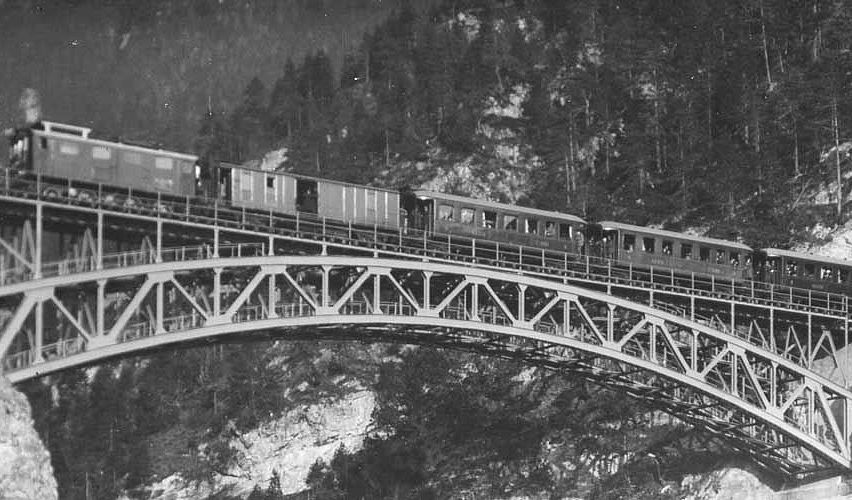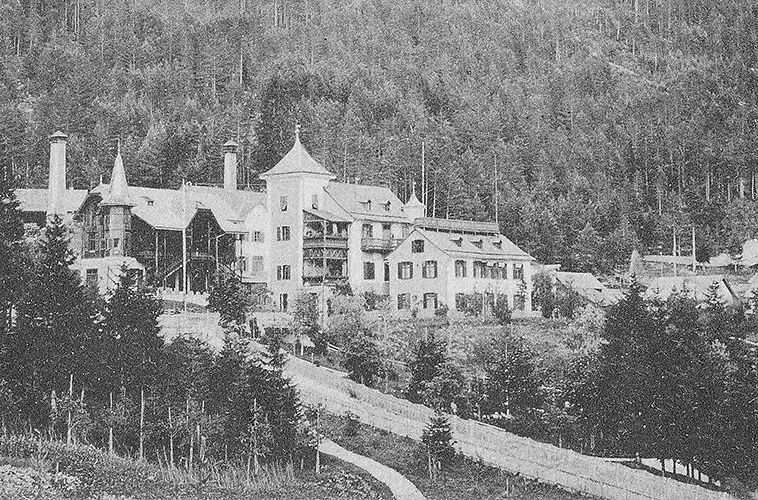
Region Seefeld – Tirols Hochplateau
The history of Reith
The exact date when Reith was founded is unknown, but urn graves indicate that the area around the village was inhabited by a tribe called Veneto-Illyrians as early as the Bronze Age (approx. 1800 to 750 B.C.).
The first written documents that mention Reith date from the Romans, who, under Drusus and Tiberius, pushed the borders of the Roman Empire beyond the Alps to the river Danube. From around A.D. 80 onwards, the Romans started to settle in the area. On the road between Sterzing (Vipitenum) and Partenkirchen (Partanum), eight Roman milestones have been found indicating that Romans must have settled there. But the period to which the milestone at the entrance to Zirl dates is unknown, as it bears no inscriptions.
Reith is first mentioned in documents dating from the year 1095, in which Bishop Megenward von Freising ceded a plot of land ‘in the Leite’ south of the Scharnitzwald forest to a certain Pillung von Brucko. This is the first time Leithen is mentioned as a settlement in the municipality of Reith. The name ‘Reith’ is mentioned years later in an agreement, between the monasteries of Benediktbeuren and Wessobrunn, in which a place named ‘Gereuth’ is mentioned – the first documented proof of the main village settlement - thus marking the start of the history of Reith. The municipality of Reith is made up of several hamlets: Reith itself, Auland, Leithen, Mühlberg, Maxhütte, Krinz and Gschwandt. The hamlet of Mühlberg was first mentioned in a document in 1281.
The opening of the Karwendel railway in autumn 1912 not only improved accessibility to the village, it also generated increased tourism. However, emerging economic development took a downward turn in 1925 owing to the poverty and the currency devaluation of the post-war period, and did not show an upward movement again until 1932.
The Second World War brought great suffering to the inhabitants of Reith due to the fact that, in 1945, the Karwendel railway bridge became a bombing target for the Allies. Within the space of just six days, some 300 bombs were dropped in the Reith area and a total of 22 houses were completely destroyed during the raids. In addition, the church and the school, and 12 other houses were also badly damaged. When the occupying forces left in 1955, the plateau experienced a building boom as never seen before, and a huge number of tourist establishments and facilities were created, many of which are still in use today.
